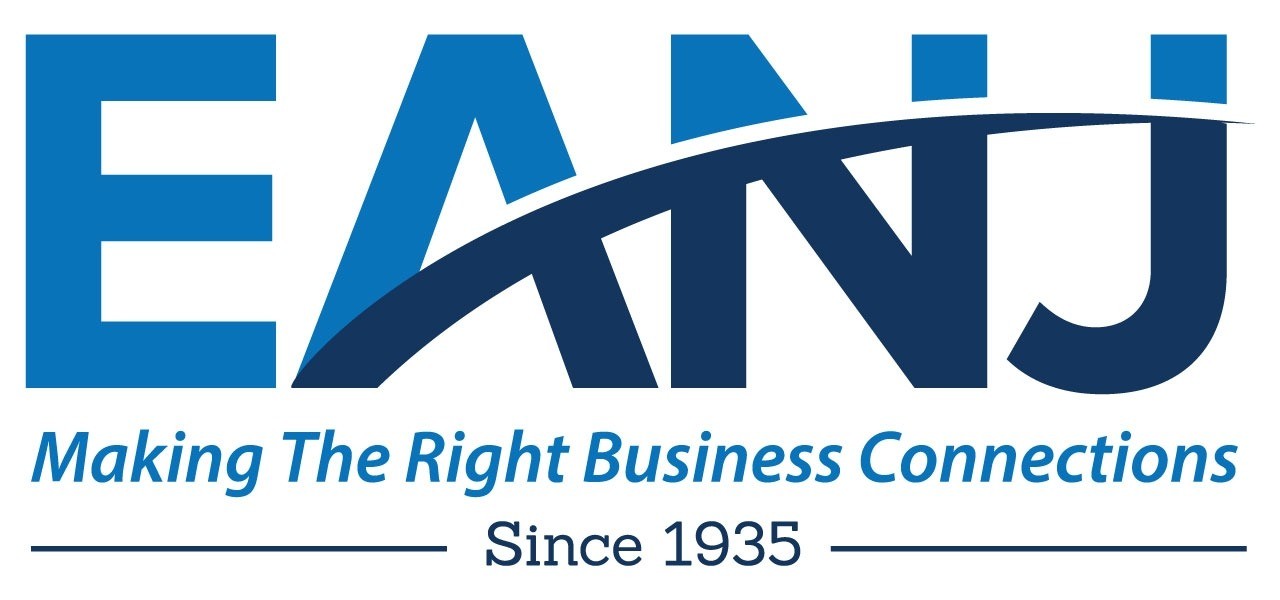Networking Tips for Geeks, by Rick Schluter, Reverseman
I’m not a natural networker. My background is in nuclear physics,
and when I got the mandatory lobotomy in order to go into sales,
I found myself woefully unprepared to compete against seasoned
professionals. Well-intentioned managers gave me sound
business networking tips, but they seemed somewhat foreign to
me. Understanding emotional buying concepts, the importance
of establishing strong personal relationships, etc. were just not in
my DNA. Networking was probably the scariest activity of all.
One common business networking tip was, “Just keep putting
yourself out there.” That sounded great in theory, but the
thought of introducing myself to strangers, especially people who
were already engaged in conversation, seemed almost rude or
pushy. Little did I know at the time that at networking events, it’s
expected that strangers will be striking up and leaving
conversations at a dizzying rate. When I finally got up the courage
to join a circle of three or four people, I was amazed to find that
they would invariably make room for me.
It’s imperative to have your elevator pitch practiced and ready.
But instead of just telling people “what I do for a living,” a better
business networking tip is to explain how you help your clients.
For example, I’m a reverse mortgage loan officer. That’s what’s
on my business card, but that’s not what I do for a living. What I
do is help seniors to be able to afford to remain in their home for
the long term, and live a better quality of life.
As I got more comfortable and experienced in group networking
environments, I stumbled upon some strategies that maximized
the value of those few minutes that you have with each group (or
individual). I now say, “I help seniors to be able to afford to
remain in their home for the long term, and live a better quality of
life, with the most misunderstood financial product.” What do
you think goes on in people’s minds when they hear that? What
is this misunderstood financial product? Then, when someone
asks me about it, they’re much more engaged in the conversation,
and are much more likely to remember me and what I do. Think
about what you do, and then how you can describe it in such a
way that it prompts the listener to ask for more information.
Despite some early success in seeing people become interested in
me and my services, very little business resulted from these
networking activities. I learned that you can’t just “touch-and-
go.” Just because someone has your business card in their desk
drawer doesn’t mean that you’re in their thoughts. An important
business networking tip is to keep regular contact with the people
who you’ve met. Monthly newsletters, or an occasional news
article that’s relevant to the recipient, etc. can provide touch
points that keep people reminded of you.
The primary goal of making a good first impression is not to
“wow” them, but rather to schedule a one-on-one meeting with a
potential referral partner, away from the hubbub of the
networking event, and ideally at their work location or someplace
close to them. The purpose of this meeting is not to ask for
referrals, but rather to start establishing a good personal and
professional relationship. Ask about their family, how they got
into their line of work, what they like most about their job, etc.
Find as much common ground as possible. Perhaps you’re both
raising teenagers, or root for the same sports team. The more
they talk (and the less you do), the more they will come to like
you. You just need to come across as someone who is
knowledgeable, trustworthy, and likeable at this point.
One of the most uncomfortable things for me early on was the
point in the conversation at which I asked for referrals. You can
spend significant time building rapport, having pleasant
conversation, and maybe even making a new friend, but unless
there’s business to be had in the end, you’re wasting your
valuable time. So, one business networking tip is to first ask the
other person what their ideal client looks like. You want this
relationship to be a two-way street, so communicate how you
might be able to refer to the other person.
When it comes time to ask for referrals, get in the frame of mind
that you’re there to help the other person’s clients. Once you’ve
learned about his or her typical clientele, offer some examples of
how you’ve helped your clients who were in similar situations.
Come across as someone who is “on his team,” and/or as a
resource who complements his services. One of the easiest ways
to ask for a referral is simply, “I don’t suppose you know someone
who would benefit from …?”
The best referral is one in which your referral partner makes the
first contact with his client (your new prospect), to introduce you,
ideally in person, but more likely on the phone. You might not get
this the first or second time out, but once you’ve shown that
you’re capable of competently working with his clients, he’ll be
more comfortable referring to you. Always keep him informed of
the status of your communications with his client. You don’t want
his client informing him of something important (especially if it’s
something negative), before you’ve had the chance to speak with
him.
I’m still not a natural networker, but I think I’m getting better at it.
Sales have certainly improved. One final note: There’s no
shortage of people who will offer their business networking tips,
but be judicious and not blindly start doing something, just
because it seems to be working for someone else. You should get
out of your comfort zone, in order to improve, but remain true to
yourself and your values. Good luck!
By Rick Schluter, Reverseman




